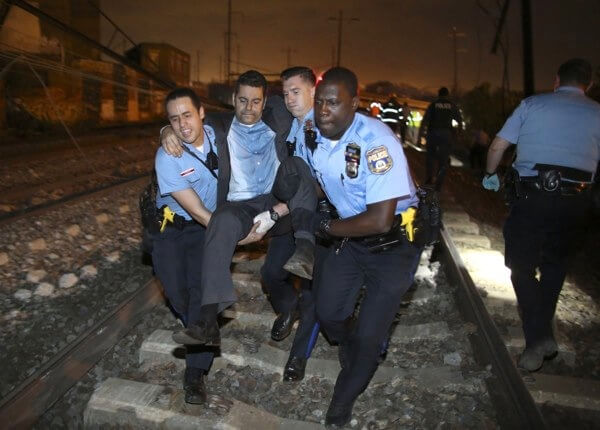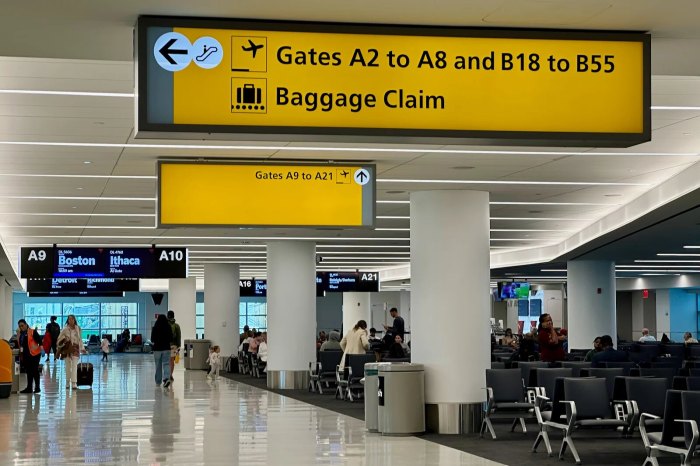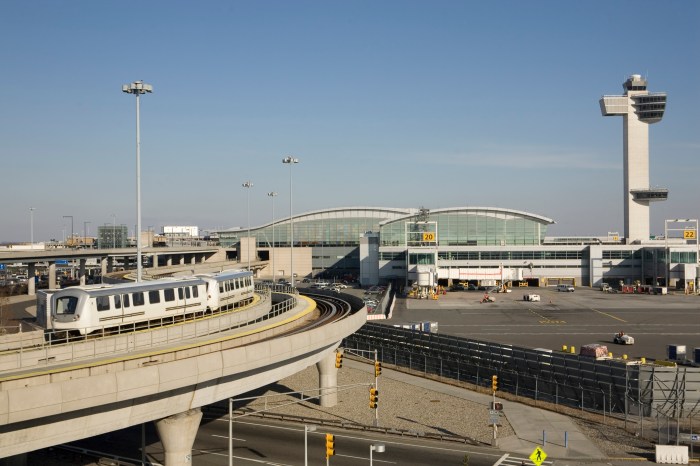By Gabriel Rom
Travelers taking Amtrak between New York City and Philadelphia are now benefiting from a new crash-prevention system six months after a train derailment in Philadelphia killed seven, including a Far Rockaway midshipman. The engineer of the train, a resident of Forest Hills, was one of 200 injured.
The new upgrades are the latest ripple effect from the May 12 crash.
The national passenger railroad system activated “positive train control” last weekend between the two cities. It is the last stretch of tracks on the highly trafficked Northeast Corridor to get the system.
Amtrak, which activated the new safety system between Philadelphia and Washington, D.C., earlier this month, is meeting a federal year-end deadline that Congress recently extended.
Congress mandated in 2008 that Amtrak, commuter railroads and freight railroads all install positive train control by the end of 2015.
Known as PTC, the system takes control of a train before it speeds through dangerous curves where trains should slow down, or if the engineer driving the train becomes disabled or distracted.
The Northeast Regional Train 188 was traveling at a speed of at least 100 miles per hour, twice the speed limit for the section of the track outside of Philadelphia’s 30th Street Station, when it derailed, according to the National Transportation Safety Board.
Justin Zemser was returning to Queens from his studies at the U.S. Naval Academy in Maryland when he died. Officials identified the engineer, who was at the controls of the train, as Brandon Bostian. The 32-year-old Amtrak employee lived in Forest Hills and survived.
Bostian suffered a head injury in the derailment and his attorney said the engineer does not remember anything after the train pulled out of the Philadelphia station, the last stop before the crash.
The security system will be the first in the New York City area. The three major commuter systems serving the city—NJ Transit, the Long Island Rail Road and Metro-North Railroad—plan to have positive train control running by the end of 2018, all meeting the new federal deadline.
According to investigators, Amtrak’s existing signal system at the area where the Philadelphia crash occurred was not configured to slow trains traveling above the speed limit in the northbound direction. The signal system on the southbound tracks was operational.
The Federal Railroad Administration has since ordered Amtrak to change its signals at a number of locations throughout the Northeast Corridor between Washington and Boston, including at the crash site.
Reach reporter Gabriel Rom by e-mail at grom@




































